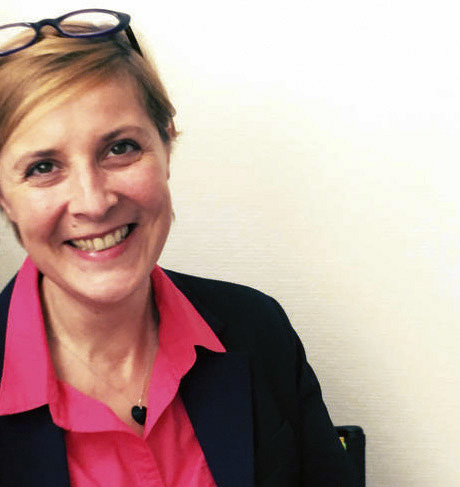The Valley of Death © Estate of Jeanloup Sieff
The history of photography features thousands of photographic journeys. As far back as the mid-19th century, those known as the Orientalists – Maxime Du Camp, Eugène Bonfils, etc. – set out for the ...

The Valley of Death © Estate of Jeanloup Sieff
The history of photography features thousands of photographic journeys. As far back as the mid-19th century, those known as the Orientalists – Maxime Du Camp, Eugène Bonfils, etc. – set out for the ...


Read More: Along a Deadly Road

You’re getting blind.
Don’t miss the best of visual arts. Subscribe for $9 per month or $108 $90 per year.
Already subscribed? Log in